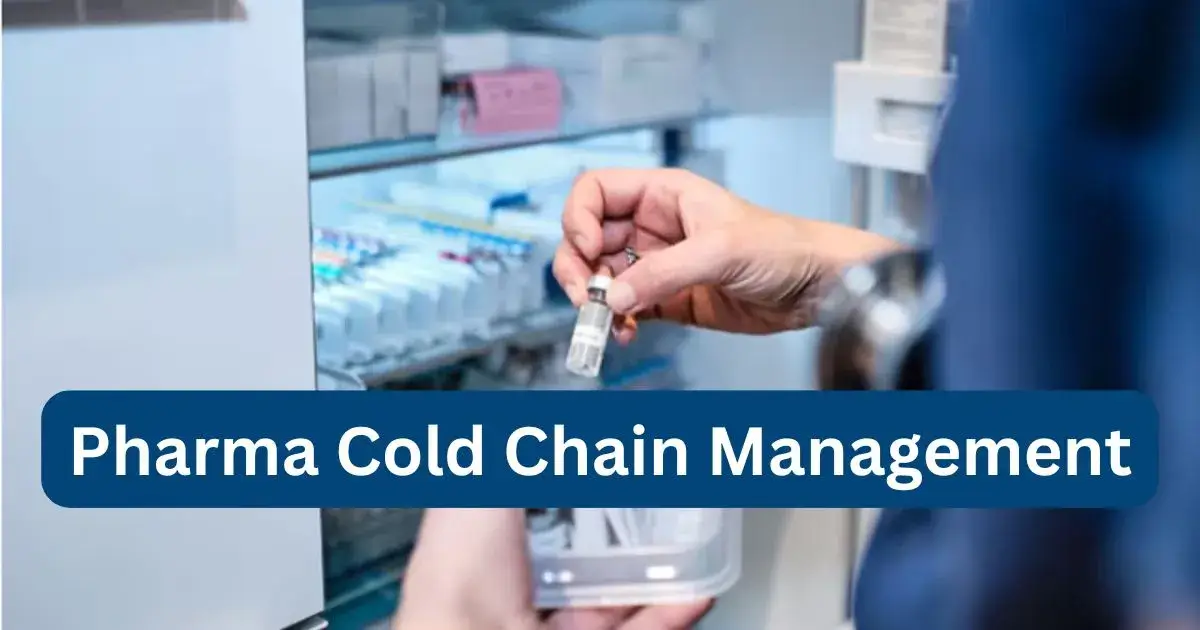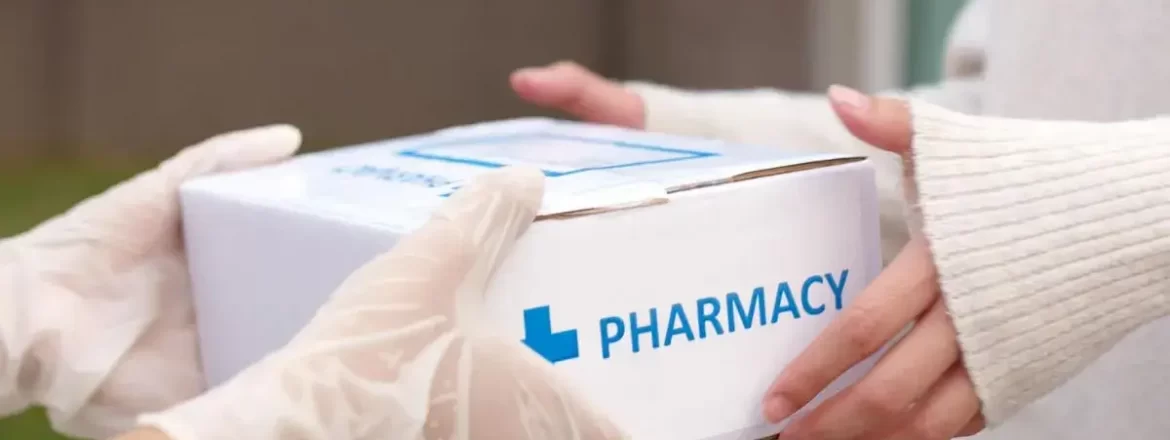How Fastrans ensures 2-8 °c stability: a deep dive into our validated cold-chain process
Maintaining a strict 2-8 °C temperature range is vital for pharmaceuticals, biologics, vaccines, and perishable goods. Even slight deviations outside this corridor can degrade active ingredients, compromise potency, accelerate microbial growth, or damage cellular therapies. At Fastrans, we understand that temperature integrity isn’t a nice-to-have-it’s mission-critical for patient safety, regulatory compliance, and customer trust. Our validated cold-chain process integrates best-in-class infrastructure, technology, standard operating procedures, and quality management to ensure your temperature-sensitive shipments remain within the 2-8 °C window at every touchpoint.
Why 2-8 °c matters?
🌡️Impact of temperature excursions on product efficacy and safety
Temperature excursions, even brief ones, can irreversibly affect sensitive products. Pharmaceutical compounds may denature or precipitate when exposed to higher temperatures, while freezing can rupture cell membranes in biologics. These changes lead to reduced efficacy, potential safety risks, and costly product recalls. By rigorously controlling the cold chain at 2-8 °C, Fastrans protects your investment and secures the therapeutic value of life-saving products.
🌡️Regulatory standards and industry benchmarks
Global authorities enforce stringent guidelines for refrigerated logistics. The World Health Organization’s Good Distribution Practice (WHO GDP) outlines requirements for temperature monitoring and traceability. IATA’s CEIV Pharma certification focuses on airport handling, while the U.S. FDA’s Title 21 CFR Part 11 demands electronic record-keeping and data integrity. Fastrans maintains compliance with these standards-continuously updating our processes to meet evolving regulations and industry benchmarks.

End-to-end cold-chain architecture
❄️Facility design: insulated storage, backup generators, and air-flow controls
Our temperature-controlled warehouses use thick insulation and separate zones to keep every corner at 2–8 °C. If power goes out, backup batteries and diesel generators kick in within seconds, so the cold never stops. Sensors placed around the building send real-time temperature data to our central system, which can adjust cooling automatically to prevent any hot or cold spots.
❄️Fleet specifications: pre-cooled containers, GPS trackers, and real-time sensors
Before loading, each refrigerated container is pre-cooled to 2–8 °C so your goods start their journey at the right temperature. GPS units let us follow each vehicle’s route, and built-in IoT sensors record temperature, humidity, and movement every few minutes. All this information streams to our control center, where our team watches for any changes and takes action immediately if temperatures move out of range.
❄️Validated packaging solutions
Passive vs. active packaging systems
Selecting the right packaging solution is crucial. Passive systems-insulated foam boxes with validated gel packs-offer simplicity and reliability for short-haul or moderate-risk routes. Active systems, featuring battery-powered refrigeration units or phase-change materials, deliver consistent cooling over prolonged transport or extreme climates. Fastrans evaluates each shipment’s duration, sensitivity, and ambient conditions to determine the optimal packaging regimen.
Qualification testing (IST/IST-A, IST-B thermal mapping)
Every packaging configuration undergoes rigorous qualification testing. Internal Simulation Tests (IST/IST-A) replicate worst-case temperature excursions in environmental chambers. Thermal mapping studies (IST-B) verify uniform temperature distribution across all payload zones. Only packaging that passes these validations is approved for live operations, ensuring predictable performance under real-world conditions.
Real-time monitoring & visibility
🌡️IoT sensors and telematics for continuous logging of temperature, humidity, and shocks
Our Iot-enabled sensors capture environmental parameters-temperature, relative humidity, and vibration-at configurable intervals, often every five minutes. Telematics modules transmit this data via cellular and satellite networks to our secure cloud dashboard. Customers and operations teams gain 24/7 access to shipment status, enabling data-driven decision-making and complete transparency.
🌡️Automated alerts and escalation protocols
Should any parameter drift beyond the 2-8 °C threshold, our platform triggers instant alerts via SMS, email, and in-app notifications. A multi-tiered escalation protocol engages local handlers, regional managers, and on-call experts. This structured response ensures rapid corrective action-minimizing exposure time and safeguarding product integrity throughout the journey.
Validated procedures & SOPs
1️⃣Standard operating procedures for handling, loading, and transloading
Detailed SOPs govern every step-from refrigerated dock operations and forklift protocols to secure loading and seamless transloading. Temperature logs are reviewed and authenticated before and after each transfer. Any discrepancy initiates a predefined hold-and-check procedure, preventing transit until conditions are fully restored.
2️⃣Staff training, competency assessments, and audit trails
All Fastrans personnel complete comprehensive training in cold-chain best practices, followed by quarterly competency evaluations. We perform unannounced audits to validate adherence to SOPs. Audit trails capture every action-timestamp, responsible party, and recorded measurements-ensuring full traceability and accountability.
Fastrans’ end-to-end cold-chain solution delivers iron-clad 2-8 °C stability through validated infrastructure, advanced technology, rigorous procedures, and robust quality systems. Whether you’re shipping vaccines, biologics, or high-value perishables, our cold-chain experts are ready to tailor a solution that safeguards your most sensitive products. Contact us today to learn how Fastrans can elevate your temperature-critical logistics.



